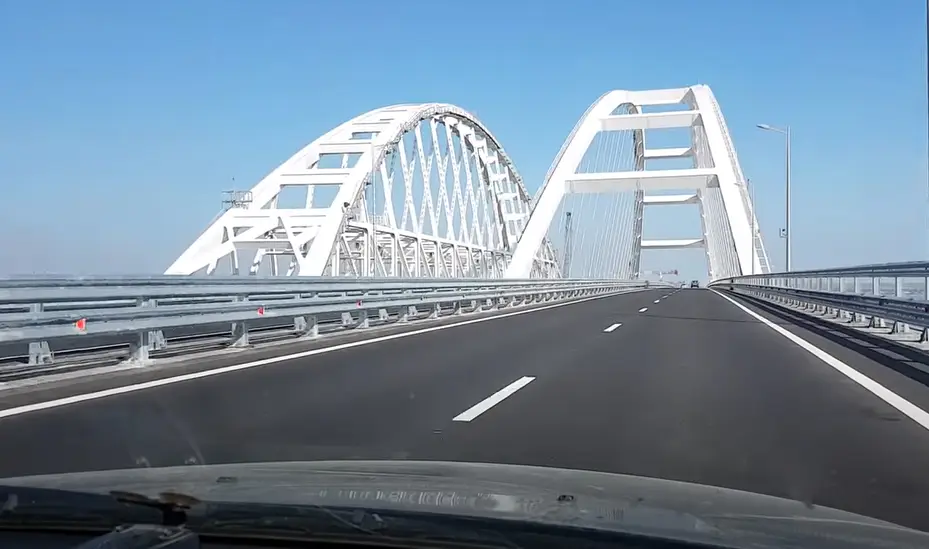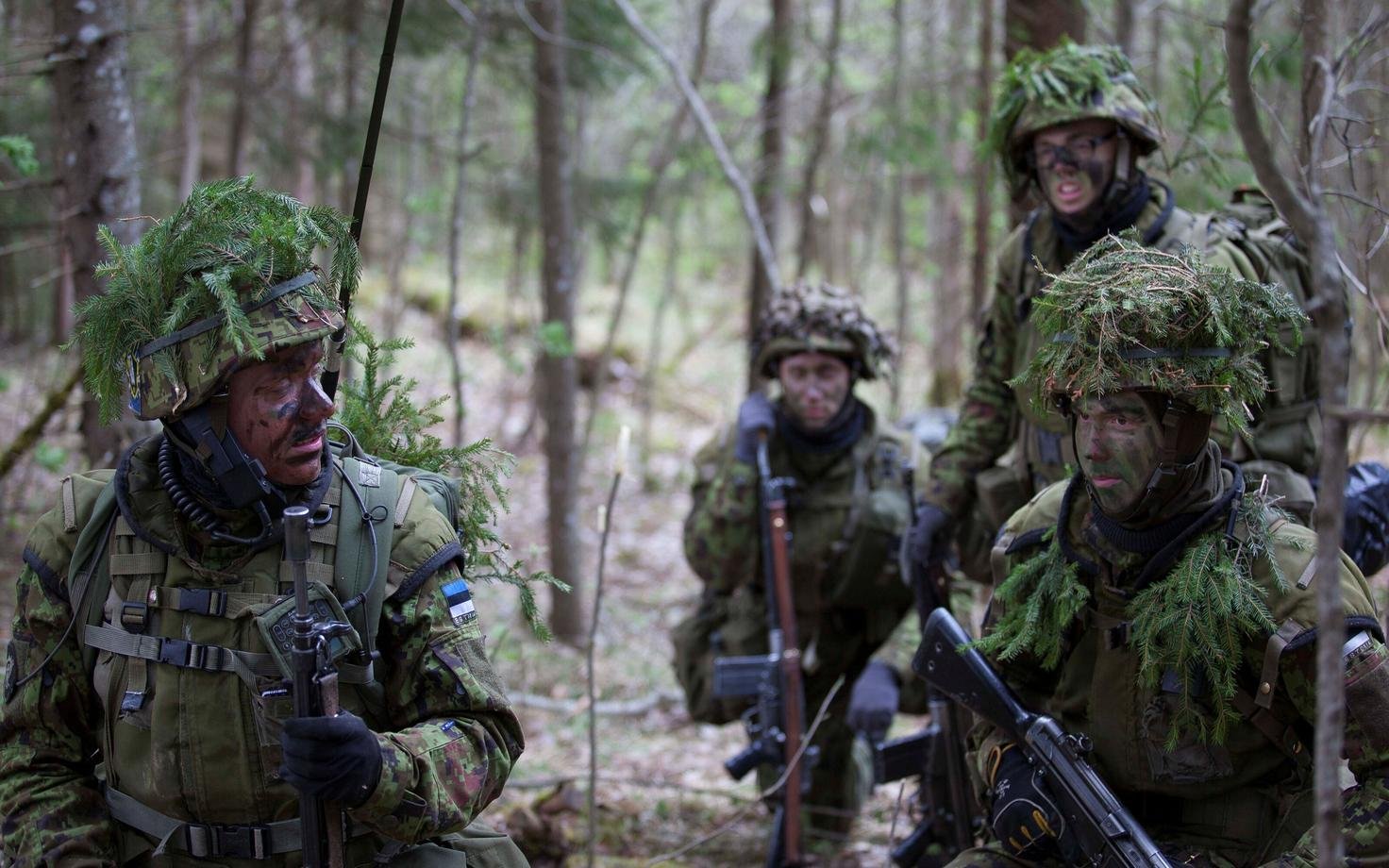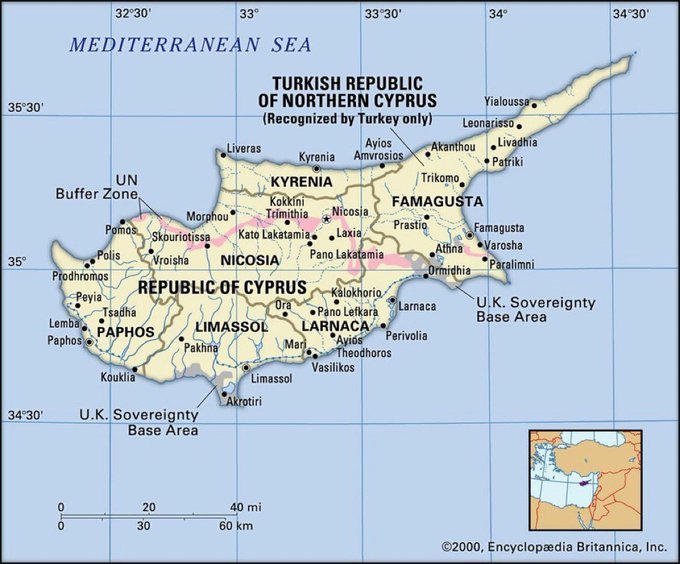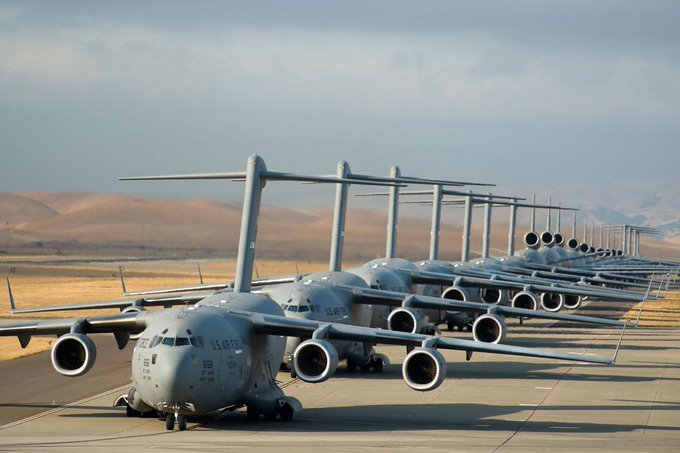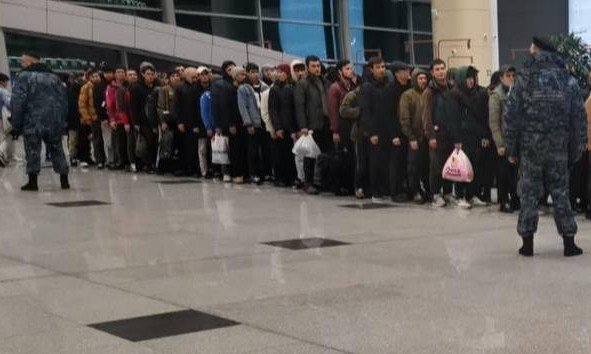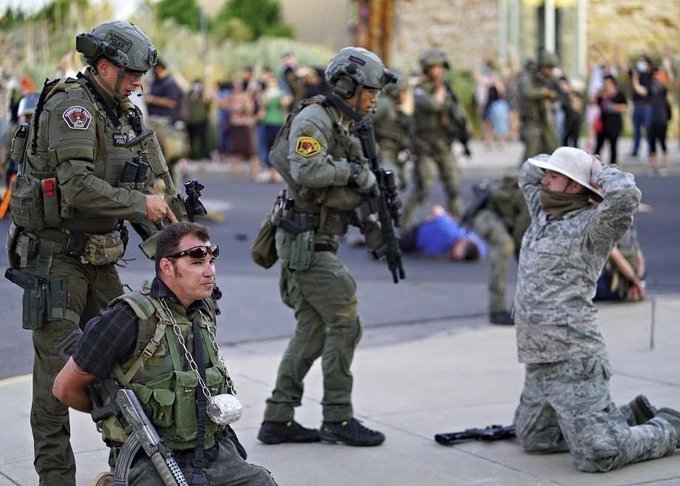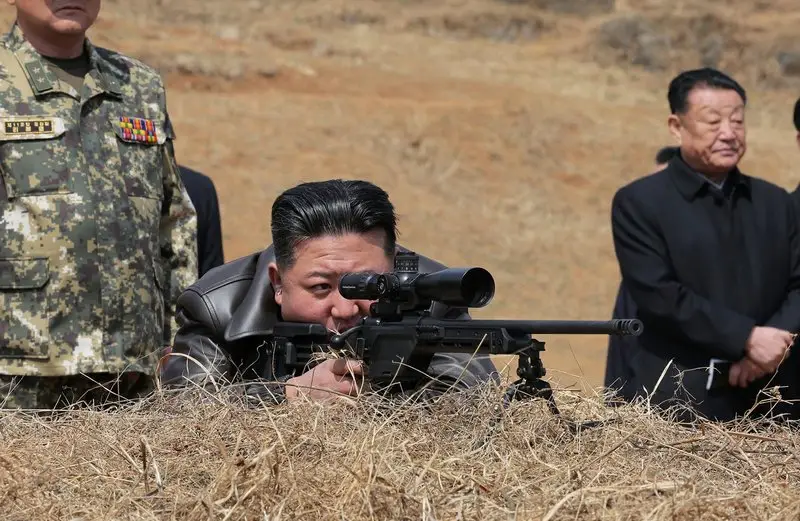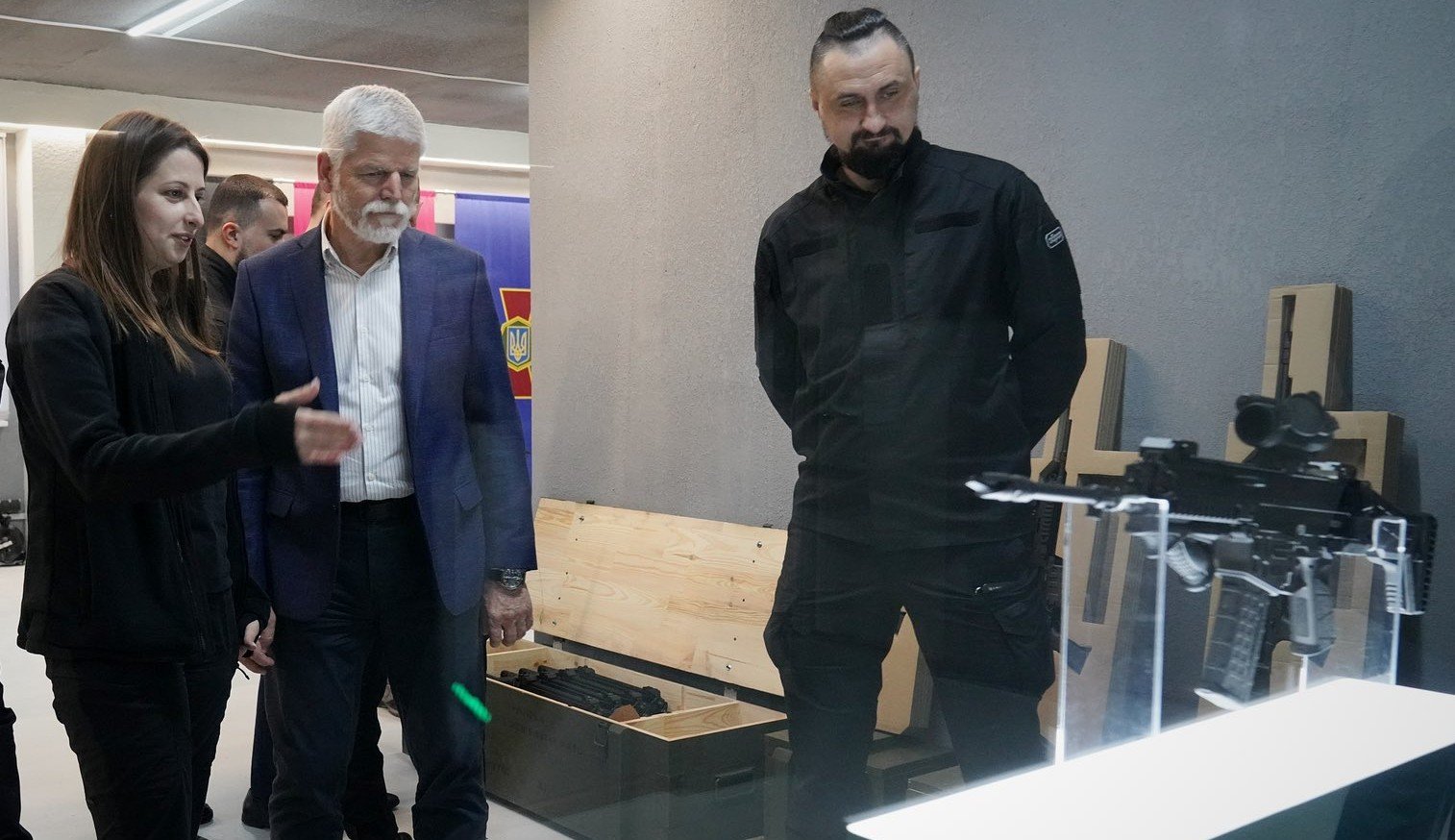
Ukraine has objected to the claim that Russia is storing more captured American Javelins than the British army has
A controversial report about heavy casualties and the need for superior Western weapons on the Ukrainian battlefield has been published by the British The Sunday Telegraph, citing British defense sources. British military instructors have revealed that Ukrainian forces have wasted NATO weapons and resources by using Soviet-style military tactics instead of the NATO military tactics they were taught. However, this could spark a new dispute between Ukraine and its NATO allies.
The Sunday Telegraph, citing unidentified British defense sources, said that Ukrainian soldiers have wasted expensive Western weapons by combining them with Soviet military tactics that rely on mass cheap firepower, as opposed to NATO tactics that involve the use of expensive, state-of-the-art weapons systems for precision strikes.
Citing an example of Ukraine’s reluctance to adopt NATO’s fighting style, a British soldier reportedly told The Sunday Telegraph that Ukraine was using the New Generation Light Anti-Tank Weapon (NLAW) – a single-shot anti-tank missile that costs around £20,000 ($21,000) each – as if it were using cheaper Russian ammunition for $1,000.
The NLAW was previously seen as a game-changer and a destroyer of Russian tanks. Western analysts have attributed the high rate of Russian tank losses to anti-tank weapons supplied to Ukraine, including the NLAW, which is designed to explode when its projectile passes over the relatively lightly armored roof of a tank.
In contrast to the NLAW, for example, the RPG-7 is a reusable armor-piercing weapon used by armies as well as non-state actors such as militants and terrorist organizations around the world.
The RPG-7 is very cheap to produce and fits perfectly with the Soviet military strategy of producing cheap weapons in very large quantities that NATO cannot match, as the alliance produces smaller quantities of high-tech weapons intended for combined arms, a maneuver warfare tactic using the combined effects of various weapons.
The Ukrainians were reportedly instructed to share videos of the NLAW being handled properly. However, footage sent to the UK showed them firing five or six NLAWs simultaneously against Russian positions, each salvo costing more than $100,000. While the NLAW was a relatively cheaper weapon used in the ongoing war in Ukraine, its price is still significantly higher than comparable weapons of Soviet origin.
Ukraine has thus adopted weapons from NATO countries, but has not fully adopted NATO combat tactics, resulting in a waste of high-end weapons and ammunition. NATO uses a combined arms strategy, which essentially means an offensive with coordinated artillery, armored forces and air support, extremely accurate weapons and reliable communications.
This is to contrast with Soviet tactics, which involve attacks by human waves of infantry armed with cheap weapons, who advance to destroy exposed positions, then use artillery to destroy them.
Ukraine appears to be relying heavily on Soviet military tactics and has called for increased supplies of cheap weapons from its NATO partners.
In addition, Ukraine has produced large numbers of kamikaze and FPV drones that have been deployed to attack Russian tanks at a significantly higher unit cost, which the report also sees as a higher-tech version of Soviet tactics.
This comes as US President Donald Trump has indicated that he will begin talks with Russia to end the war. This decision was criticized by European NATO allies such as the United Kingdom, which reaffirmed their support for Ukraine’s security.
The report cited sources as saying that there was never enough time to teach the Ukrainians modern NATO tactics. The training for Ukrainian forces was similar to the short courses for British reservists, which condense months of training into two-week packages.
In addition, it was claimed that Ukrainian troops often resisted implementing NATO’s strategy, claiming that it was not suited to the local environment. For the past two years or so, Ukraine has faced criticism from Western military authorities, who accuse Kiev of not adhering to Western combined-arms tactics taught to them by NATO instructors.
A leaked Bundeswehr assessment in 2023 criticized the Ukrainian military’s failure to implement NATO training, saying that they had broken up their Western-trained brigades into small units of only 10 to 30 soldiers, which attacked enemy positions.
The discrepancy between what Ukrainians are trained to do and what they do on the battlefield has led to heated exchanges between NATO instructors and Ukrainian troops. In one case, British Army trainers in Ukraine reached for their personal weapons because of the threat of violence.
The discrepancy between what Ukrainians are trained to do and what they do on the battlefield has led to heated exchanges between NATO instructors and Ukrainian troops. In one case, British military trainers in Ukraine reached for their personal weapons because of the threat of violence.
American instructors who are training Ukrainian fighter pilots to fly the F-16 Fighting Falcon said that some Ukrainian pilots, especially those in the initial group, have been resistant to Western training methods. These pilots had experience flying Soviet-era MiG fighters and had recently returned from active combat. Their reluctance has led to significant friction with their instructors.
Ukrainian soldiers say NATO tactics are not working for a country fighting Russia. Soldiers from the 32nd Separate Mechanized Brigade, which has received just three weeks of NATO training in Germany, said the brigade had received only three weeks of NATO training in Germany, and while they appreciated some of the Western equipment and experience, they expressed dissatisfaction with NATO officers’ lack of awareness of the harsh realities of fighting in Ukraine.
A NATO infantryman knows he is supported and can move forward with the certainty that there is a high probability that he will not be killed or maimed, one of the soldiers told the Kyiv Independent.
Ukrainian commanders have often argued that without the modern combat aircraft, long-range missiles and mine-clearing equipment they demand, the Ukrainian army has had to fight in a completely different way than standard NATO doctrine requires. They also stressed that NATO training does not take into account the extent to which small units without terrain knowledge would have to fight their way through dense forests on the Ukrainian battlefield.
According to the portal eurasiantimes.com, NATO is facing a conundrum as its resources in Ukraine continue to be depleted. The Sunday Telegraph report also included comments that Russia may have captured more American Javelin anti-tank guided missiles than the British army has at its disposal. This was especially true in the initial stages of Russia’s rapid advance at the start of the war in 2022. The British army is still said to have around 9,000 units, while at least 12,000 Javelin missiles went to Ukraine directly from the US and Great Britain.
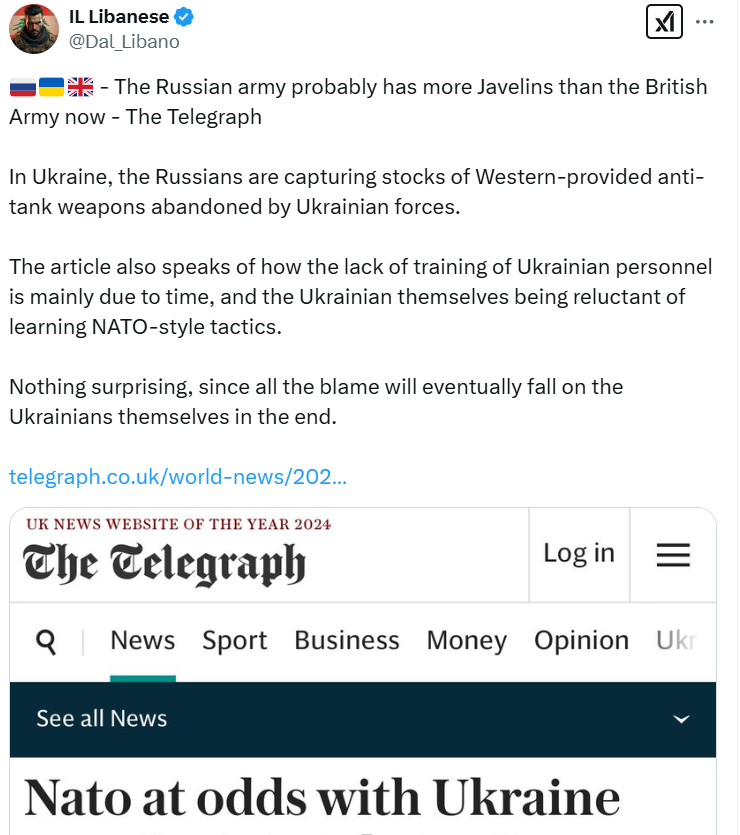
So it is more of an exaggeration or outright nonsense, the level of support and encouragement for an ally that is still fighting three years after the chance for peace in Istanbul is clearly limited. Some British experts, including Nicolas Drummond, quoted by the Ukrainian Defence Blog, have opposed this. However, the question is what impact their statements have on British public opinion, which is more likely to be shaped by the original article in The Sunday Telegraph. To which Drummond said: “This is complete nonsense. It is clear that Russia is trying to create a plausible narrative to discredit Ukraine, divide NATO and help secure a peace deal in favor of Putin’s agenda. In fact, you have to admire how good Russia has become at this kind of information warfare,” Drummond wrote in response to the claims.
The debate over Ukrainian battlefield tactics reflects a broader debate about the applicability of NATO-style warfare in a conflict of this scale and intensity. Unlike previous Western conflicts in Afghanistan, Iraq, or the Balkans—where NATO forces faced relatively weaker or obsolete military adversaries—Ukraine faces a technologically advanced Russian military with numerical superiority and vast resources.
Traditional NATO doctrines emphasize precision strikes, logistical superiority, and combined arms maneuvers. But experts note that these strategies were developed for encounters in which the West had overwhelming air superiority, well-coordinated supply chains, and secure rear areas. In contrast, the Ukrainian war has taken on characteristics reminiscent of large-scale conflicts of the 20th century, with extensive trench warfare, massed artillery barrages, and high-intensity drone warfare playing a decisive role in shaping the battlefield.
The intensity of the fighting in Ukraine mirrors larger historical conflicts in which overwhelming firepower and warfare of attrition determined outcomes. Unlike NATO counterinsurgency campaigns against poorly equipped forces such as the Taliban or Saddam Hussein’s army, Ukraine is waging a full-scale war against an equal adversary equipped with advanced missile systems, electronic warfare capabilities, and a vast reserve of manpower.
Military analysts emphasize that Ukraine’s strategic decisions are dictated by necessity rather than doctrine. Faced with limitations in manpower and resources, Ukrainian forces have had to adapt their tactics in real time to counter Russian advances. The rise of drone warfare, the mass deployment of FPV drones, and the integration of stand-by munitions highlight how Ukraine has rapidly innovated despite fighting at a disadvantage.
“Ukraine is not just fighting a war, it is redefining modern warfare,” one analyst noted. “The Western idea of conventional warfare is completely out of date here. We are seeing a combination of large-scale mechanized warfare, digital battlefield awareness, and drone technology like never before.”
While NATO countries have provided military support, no Western nation has faced the sheer scale and intensity of the fighting that Ukraine is experiencing. Critics say it is unrealistic to expect Ukraine to fully comply with NATO’s peacetime training doctrine in a war where survival depends on rapid adaptation and unconventional solutions.
The claims in The Telegraph are consistent with previous Russian narratives aimed at undermining Ukraine’s credibility among its Western allies, according to the Defence blog. Moscow has often sought to exploit divisions within NATO and discredit Ukraine’s military strategies to weaken international support. Disinformation campaigns have been a cornerstone of Russia’s hybrid warfare, using Western media to amplify misleading narratives that portray Ukraine as reckless or untrustworthy.
As Ukraine continues to push for increased military aid, particularly in the area of advanced air defence systems and long-range missile capabilities, reports questioning its operational effectiveness risk playing into Russian agendas.
While questions of tactics and effectiveness on the battlefield are natural in any protracted war, widespread accusations that Ukraine is recklessly wasting NATO weapons do not match the strategic reality on the ground. Ukraine’s ability to contain and in some cases suppress a significant advantage is evidence of tactical ingenuity rather than negligence. The question remains whether a British consumer would read this if the price of fish and chips vinegar had also risen because of the war.
Testing of captured NLAWs and Javelins by a Russian blogger, the price of a Javelin is currently around $175,000 per missile without a sensor-equipped launcher, considerably more than the $21,000 for a single-use NLAW:


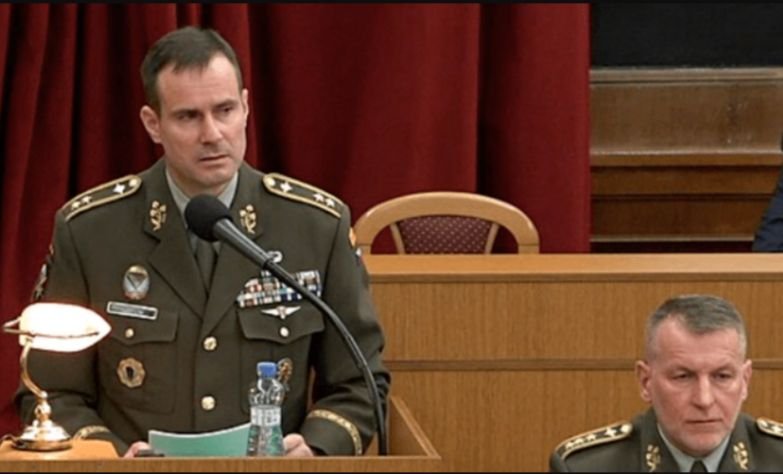
Max Bach

